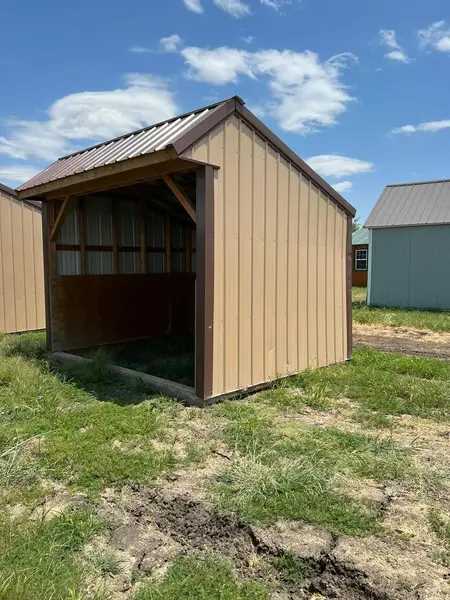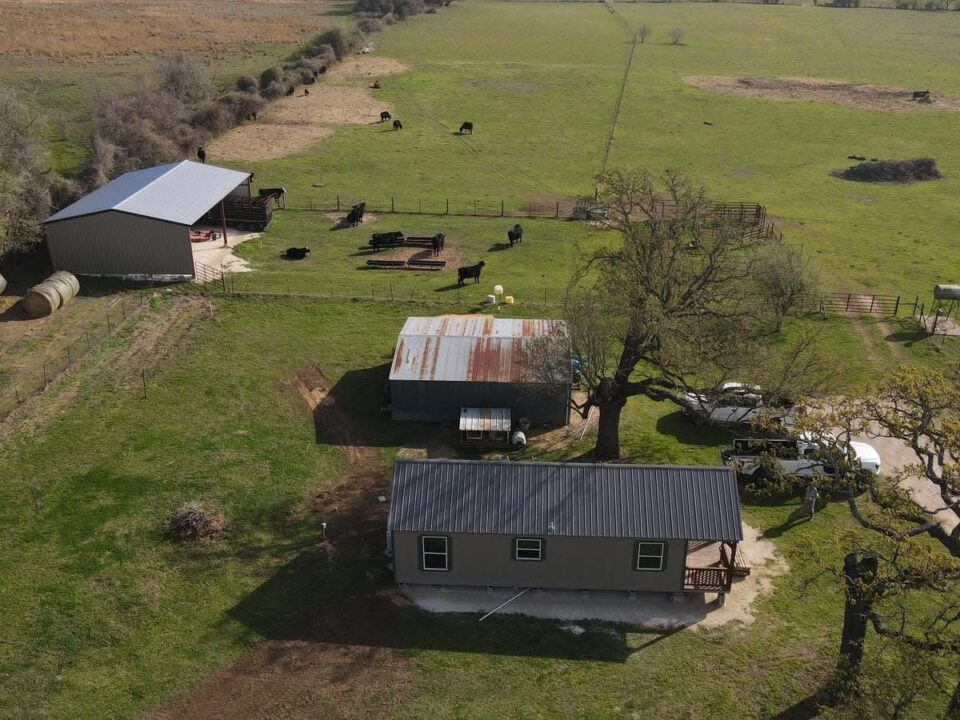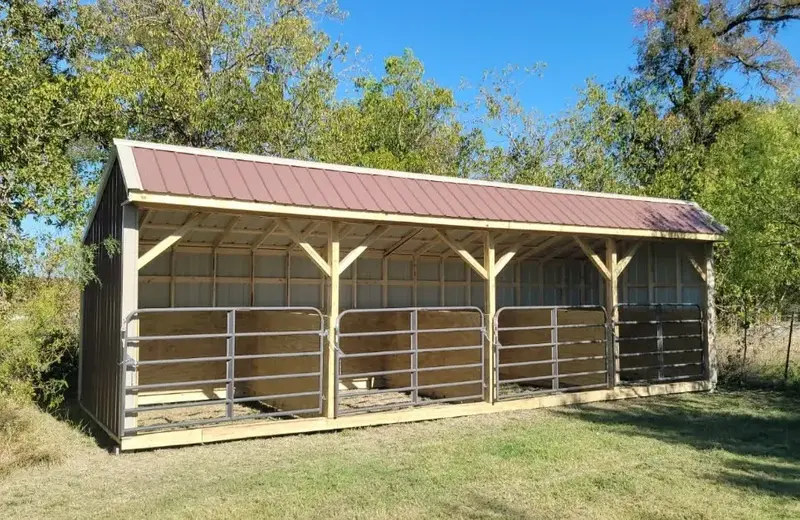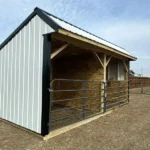
Animal Shelter for Pasture: Where to Place It
July 28, 2025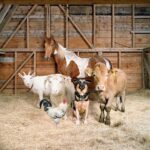
Daily Health Checks: Keep Your Animals Healthy Every Day
July 30, 2025Shelter Repair Basics 🛠️
When you invest in a barn, loafing shed, or animal shelter, you expect it to stand strong against weather and time. Yet even the best-built structures need care to remain safe and functional. Understanding shelter repair basics can save you money, protect your animals, and extend the life of your building. A little attention now prevents big repairs later—and ensures your livestock always has a secure place to call home. 🐄
Why Shelter Maintenance Matters 🌦️
Your animal shelter faces constant exposure to rain, wind, sun, and temperature swings. Over time, roofing materials can loosen, boards can warp, and metal can corrode. Without proper maintenance, these small issues become major problems. Weak points in the roof or walls can lead to leaks, rot, or even structural failure. Knowing shelter repair basics helps you spot these issues early, keeping your animals safe and your building strong.
Regular upkeep is especially important in extreme climates. Heavy rain can weaken foundations, while constant sun exposure can damage roof panels. By addressing minor issues quickly, you extend the life of your shelter and avoid costly rebuilds later.
Inspecting Your Animal Shelter 👀
Start with a simple visual inspection. Walk around the exterior and interior of your shelter, looking for loose boards, missing screws, sagging roofs, or signs of rust. Check the ground around the foundation to ensure water drains away properly. Standing water can lead to erosion, which weakens support posts over time.
Inside, look for damp spots, mold, or areas where sunlight shines through the walls or roof. These gaps can invite pests and compromise insulation during cold weather. As part of your shelter repair basics, inspect the roof at least twice a year and after major storms to ensure panels or shingles are secure.
Addressing Common Shelter Repairs 🔨
The most frequent repairs involve roofing, siding, and doors. Metal roofs can sometimes loosen during high winds, while wooden trim boards may rot or warp. Replacing screws or damaged boards quickly prevents further deterioration. Hinges and latches on doors and gates also need occasional tightening or replacement.
Another key part of shelter repair basics is checking for rust or corrosion on metal components. A quick sanding and coat of rust-resistant paint can extend the life of panels and hardware. If you notice cracked boards, replace them immediately to maintain the building’s strength.
Seasonal Care for Longevity 🍂☀️❄️
Seasonal changes bring unique repair needs. In the spring, remove debris left by winter storms and check for water damage. Summer heat can warp boards, so make sure siding and roofing are still tightly fastened. In the fall, clear gutters and ensure the roof is ready for rain or snow. Winter prep may include reinforcing doors, sealing gaps, and removing snow buildup from the roof.
By working through these steps regularly, you reduce emergency repairs and keep your animals sheltered in a safe, secure environment year-round.
When to Call a Professional 📞
Some repairs require more than basic tools. If you see major structural issues—like leaning walls or a sagging roof—it’s best to call an expert. Professional repair teams can ensure the building meets safety standards and provide recommendations for upgrades, such as adding skids or adjusting the foundation for better drainage.
Wolf Valley Buildings offers durable, low-maintenance shelters built to last. However, even the best shelters need care over time. If your structure needs more than a quick fix, it may be time to explore replacing or upgrading to a new building that meets your growing needs.
Investing in Long-Term Durability 🐑
Shelter repair basics aren’t just about fixing what’s broken. They’re about investing in the long-term value of your property. With consistent maintenance, you’ll enjoy a structure that stands strong for years to come, protecting your animals and saving you money on major repairs down the road.
If you’re looking for a new animal shelter designed for durability and easy upkeep, explore our Wolf Valley Buildings animal shelters. Our structures are built to handle the demands of farm life while requiring minimal maintenance.
For more on proper upkeep, check out our recent blog on predator-proofing your animal shelter. You can also find tips from agricultural experts at Texas A&M Agrilife Extension to keep your property in top condition.
Internal Links:
Livestock Shelter Upgrade: 5 Signs It’s Time

